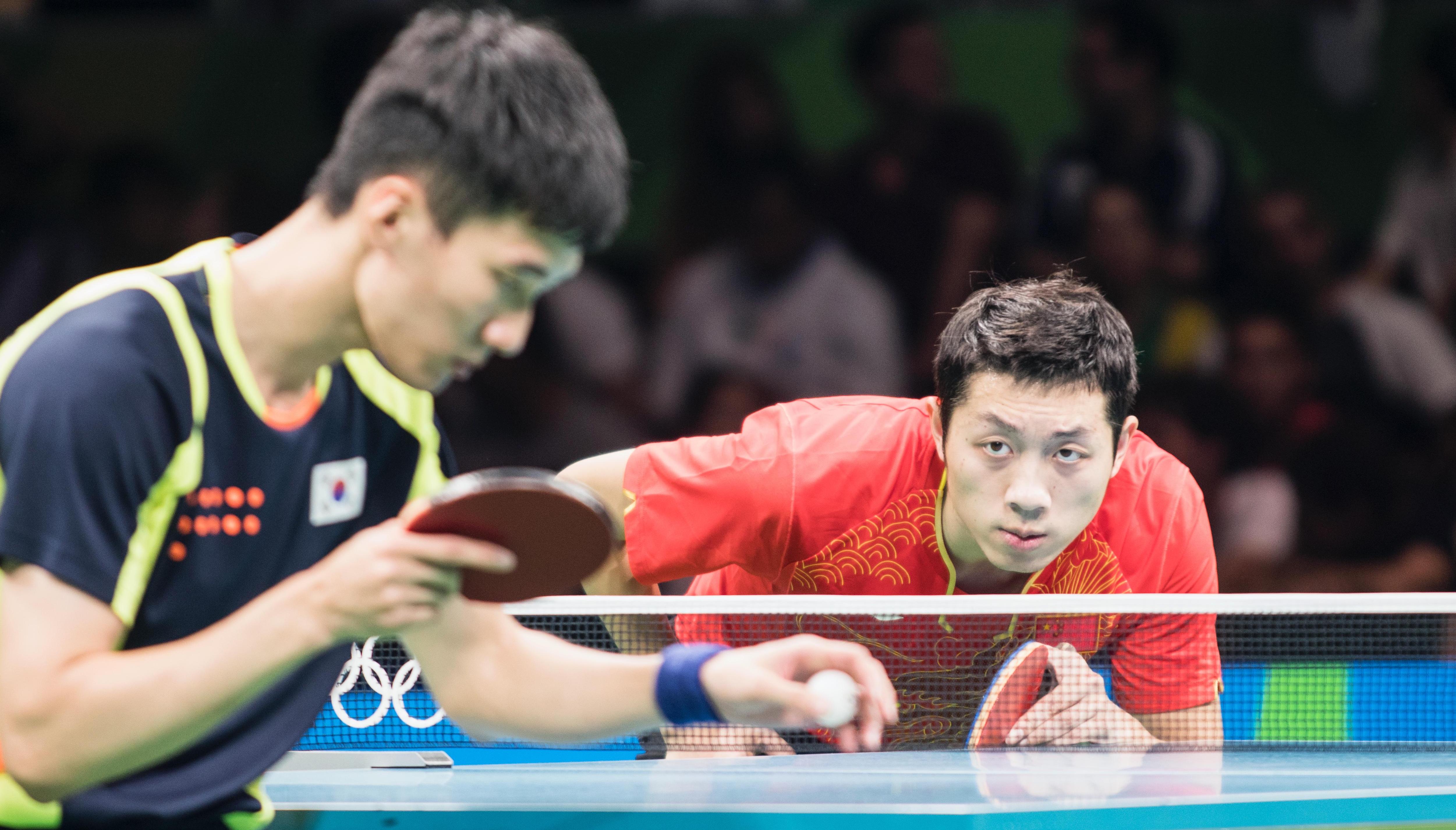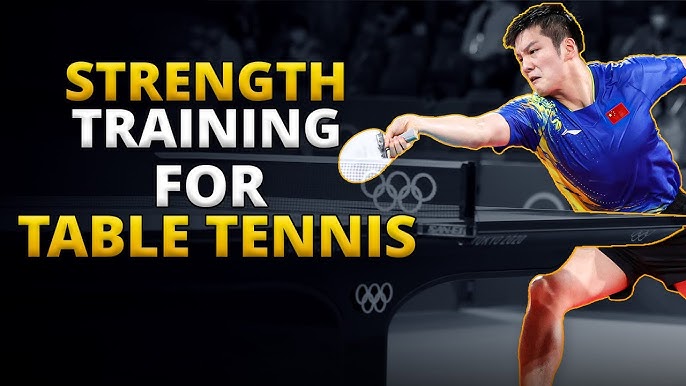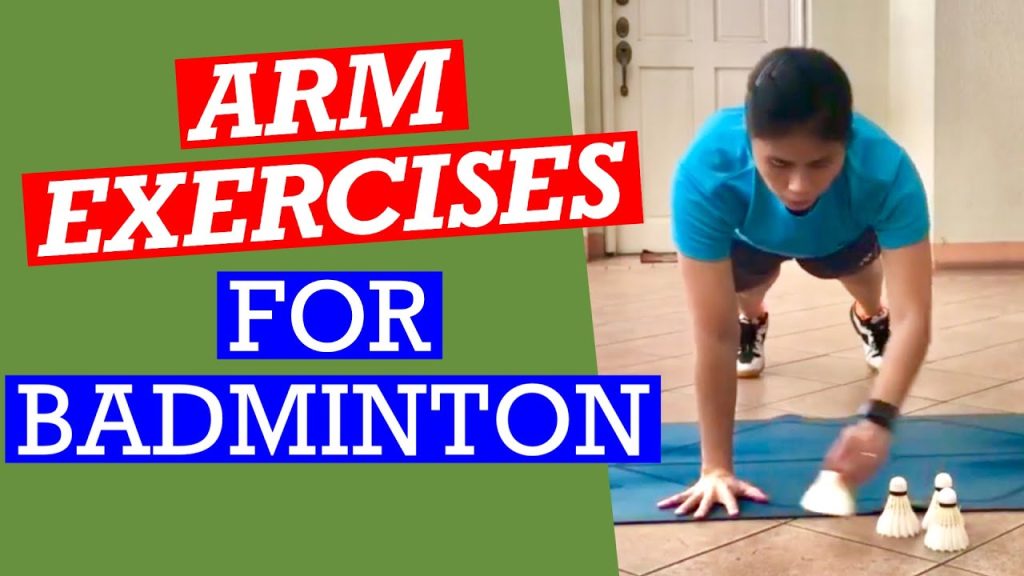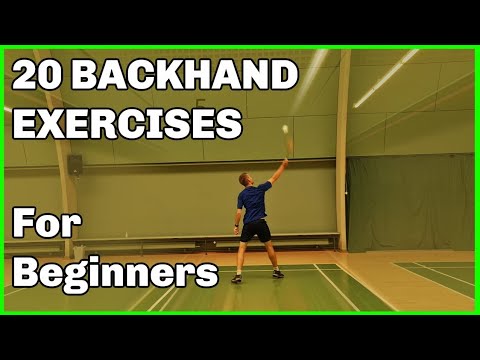Ping Pong strength training is essential for improving your game. It boosts power, speed, and endurance.
In this blog post, we will explore the importance of strength training for Ping Pong players. Many people think Ping Pong is all about quick reflexes and hand-eye coordination. While these are crucial, strength training can give you an edge.
Strong muscles help with powerful shots and quick movements. It also reduces the risk of injuries. Whether you are a beginner or a seasoned player, adding strength training to your routine can significantly enhance your performance. Let’s dive into how you can integrate strength exercises to become a better Ping Pong player.
Importance Of Strength Training In Ping Pong
Strength training is essential in ping pong. It may not seem obvious. But, having stronger muscles can greatly improve your game. Stronger muscles help you hit the ball harder. You can also move faster around the table. This training can make a big difference in your performance.
Enhancing Performance
Strength training improves your overall performance. It increases your power and speed. You can hit the ball with more force. Quick movements become easier. Your endurance also improves. You can play longer without getting tired. This can give you an edge over your opponents.
Preventing Injuries
Strength training helps prevent injuries. Strong muscles support your joints. This reduces the risk of strains. It also helps with balance. Good balance can keep you from falling. Less injury means more time to practice. It allows you to stay in the game longer.

Credit: www.pingskills.com
Core Exercises For Stability
In ping pong, a strong core is crucial for maintaining stability. It helps players stay balanced during quick movements. Core strength enhances your ability to generate power in your shots. Let’s look at some effective core exercises for stability.
Planks
Planks are a fantastic exercise to build core strength. They engage multiple muscle groups. To perform a plank:
- Start in a push-up position.
- Keep your body straight from head to heels.
- Hold this position for 30 seconds to a minute.
- Focus on tightening your abs and glutes.
You can vary planks to target different muscles. Side planks focus on the obliques. Forearm planks are easier on the wrists. Regular planks improve overall core stability.
Russian Twists
Russian Twists are excellent for working the oblique muscles. These muscles are vital for rotational movements in ping pong. To perform Russian Twists:
- Sit on the floor with your knees bent.
- Lean back slightly while keeping your back straight.
- Hold a weight or a ball with both hands.
- Twist your torso to the right, then to the left.
- Repeat for 10-15 repetitions on each side.
For an extra challenge, lift your feet off the ground. This adds intensity to the exercise. Remember to keep your movements controlled. This ensures the effectiveness of the exercise.
| Exercise | Targeted Muscles | Repetitions |
|---|---|---|
| Planks | Abs, Glutes, Back | Hold for 30-60 seconds |
| Russian Twists | Obliques, Abs | 10-15 reps each side |
Building a strong core is essential for stability in ping pong. Incorporate these exercises into your routine. You will notice an improvement in your game.
Upper Body Workouts
Strengthening your upper body is crucial for improving your ping pong game. It enhances your power, stability, and precision. Let’s dive into some effective upper body workouts.
Push-ups
Push-ups are excellent for building upper body strength. They target your chest, shoulders, and triceps. Start with the basic push-up. Place your hands shoulder-width apart. Keep your body straight. Lower yourself until your chest nearly touches the floor. Push back up. Aim for three sets of 10 repetitions. As you get stronger, increase the number of reps.
Dumbbell Rows
Dumbbell rows help strengthen your back and improve your posture. They target your upper and middle back. Stand with your feet shoulder-width apart. Bend your knees slightly. Hold a dumbbell in each hand. Lean forward at the waist, keeping your back straight. Pull the dumbbells toward your waist. Squeeze your shoulder blades together. Lower the weights slowly. Perform three sets of 10 reps on each side.
Lower Body Strengthening
Lower body strength is crucial for ping pong players. Strong legs provide stability and quick movements. This strength helps you maintain balance and react fast during intense matches. Here are two effective exercises to strengthen your lower body: squats and lunges.
Squats
Squats are excellent for building leg muscles. They target your quads, hamstrings, and glutes. To perform a squat, stand with your feet shoulder-width apart. Lower your body as if sitting back into a chair. Keep your back straight and chest up. Push through your heels to return to standing. Start with three sets of 10-15 reps.
Lunges
Lunges work on balance and leg strength. They focus on your quads, hamstrings, and glutes. Begin by standing tall with feet together. Step forward with one leg and lower your hips until both knees are bent at 90 degrees. Push back to the starting position. Alternate legs and repeat. Aim for three sets of 10-12 reps per leg.
Plyometric Training For Explosive Power
Plyometric training enhances ping pong strength by boosting explosive power. Quick, high-intensity movements improve reaction time and agility. Perfect for players seeking to elevate their game.
Plyometric training is essential for ping pong players. It helps develop explosive power, crucial for quick movements and strong shots. This type of training focuses on fast, powerful movements. It enhances muscle strength and speed.Box Jumps
Box jumps are a fantastic plyometric exercise. They build leg strength and improve coordination. Start by standing in front of a sturdy box. Bend your knees slightly, then jump onto the box. Land softly and stand up straight. Step down and repeat. Aim for 10-15 jumps per set. This exercise boosts your vertical leap and quickness.Medicine Ball Slams
Medicine ball slams are great for upper body power. They also engage your core muscles. Hold a medicine ball with both hands. Raise it above your head. Slam the ball down onto the ground forcefully. Catch the ball on the rebound and repeat. Perform 10-15 slams per set. This workout enhances your arm speed and strength.Flexibility And Mobility
Ping Pong strength training boosts flexibility and mobility. Regular practice enhances muscle strength, coordination, and balance. Enjoy better movement and agility in everyday activities.
Ping Pong players need flexibility and mobility for peak performance. These traits enhance movement, prevent injuries, and improve reactions. Incorporating specific exercises can help achieve this. Focus on dynamic stretching and foam rolling for better results.Dynamic Stretching
Dynamic stretching prepares your muscles for play. It involves moving parts of your body. This increases blood flow and flexibility. Perform leg swings, arm circles, and torso twists. These movements mimic the actions in a ping pong game. They also help in warming up the muscles. Keep your stretches controlled and gradual. This prevents overstretching and injuries.Foam Rolling
Foam rolling aids in muscle recovery and flexibility. It targets tight muscles and knots. Roll your back, legs, and arms gently. Spend about one minute on each area. This technique releases muscle tension. It also promotes better blood circulation. Consistent foam rolling can improve your range of motion. It’s a simple but effective way to maintain muscle health.Incorporating Cardio
Incorporating cardio into your ping pong strength training can greatly improve your stamina and overall performance. Cardio exercises help increase your heart rate, which in turn boosts your endurance. This allows you to play longer and more intense matches without getting tired. Below, we will explore two effective cardio training methods: interval training and endurance drills.
Interval Training
Interval training involves alternating between periods of high-intensity exercise and low-intensity recovery. This method is highly effective for building cardiovascular strength and endurance.
- High-Intensity Intervals: Engage in 30 seconds of rapid footwork drills.
- Low-Intensity Recovery: Follow with 1 minute of slow, relaxed walking.
- Repetition: Repeat this cycle for 20 minutes.
These intervals will push your cardiovascular system, making it stronger. Additionally, the quick bursts of activity mimic the short, intense rallies in a ping pong match.
Endurance Drills
Endurance drills focus on maintaining a steady pace over a longer period. This helps improve your overall stamina, allowing you to last longer in matches.
- Start with a light 5-minute warm-up jog.
- Progress to a 20-minute steady run at a moderate pace.
- Conclude with a 5-minute cool-down walk.
This type of training strengthens your cardiovascular system gradually. It also helps improve your body’s ability to sustain prolonged physical activity.
| Cardio Type | Duration | Intensity |
|---|---|---|
| Interval Training | 20 minutes | High/Low Alternating |
| Endurance Drills | 30 minutes | Moderate |
Incorporating these cardio exercises into your ping pong strength training routine will help you develop a stronger, more resilient cardiovascular system. This will enable you to play at your best for longer periods.

Credit: www.youtube.com
Recovery And Nutrition
Recovery and nutrition are critical for ping pong strength training. A well-planned recovery routine helps in muscle repair and growth. Proper nutrition fuels your body and supports overall performance. This section covers essential tips for post-workout meals and hydration.
Post-workout Meals
After a strenuous ping pong session, your body needs fuel. A balanced meal within 30-60 minutes can aid recovery. Focus on a mix of proteins, carbs, and healthy fats.
Here are some examples:
- Grilled chicken with quinoa and steamed vegetables
- Salmon with brown rice and a side salad
- Greek yogurt with berries and a handful of nuts
These meals help replenish glycogen stores and repair muscles. They also provide essential nutrients for overall health.
Hydration Tips
Staying hydrated is crucial for recovery and performance. Dehydration can lead to fatigue and muscle cramps.
Here are some easy tips to stay hydrated:
- Drink water before, during, and after your workout.
- Include water-rich foods like fruits and vegetables in your diet.
- Avoid excessive caffeine and alcohol, as they can dehydrate you.
- Consider electrolyte drinks if you’re training intensely or sweating a lot.
Aim for at least 8-10 glasses of water daily. Adjust based on your activity level and body needs.

Credit: fittoplay.org
Frequently Asked Questions
What Are The Benefits Of Strength Training For Ping Pong?
Strength training improves power, agility, and endurance. It helps players react faster and hit harder. Strong muscles reduce the risk of injuries. Consistent training enhances overall performance.
How Often Should I Strength Train For Ping Pong?
Aim for 2-3 times per week. This frequency allows muscles to recover and build strength. Balance training with rest days for optimal results. Consistency is key for improvement.
What Exercises Are Best For Ping Pong Players?
Focus on core, legs, and upper body exercises. Planks, squats, and push-ups are effective. Incorporate resistance bands for added challenge. Mix in agility drills to improve footwork.
Can Strength Training Improve My Ping Pong Game?
Yes, it enhances speed, power, and endurance. Stronger muscles help with quick movements and powerful shots. Regular training leads to better performance and fewer injuries.
Conclusion
Strength training boosts your ping pong performance. Stronger muscles mean faster reactions. Better endurance helps in long matches. Regular exercises enhance your agility and precision. Consistency in training is key. Small steps lead to big improvements. Stay dedicated and see progress over time.
Strength training makes a real difference in your game. Keep practicing, stay focused, and enjoy playing.



